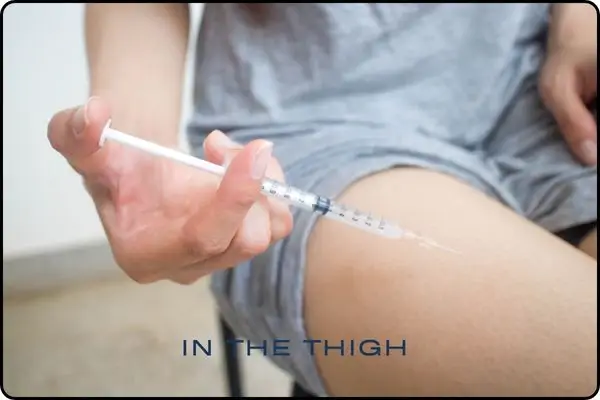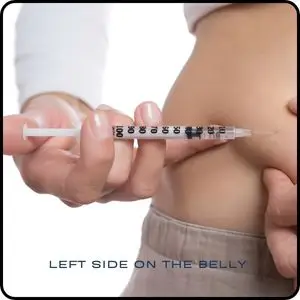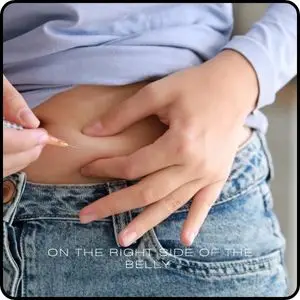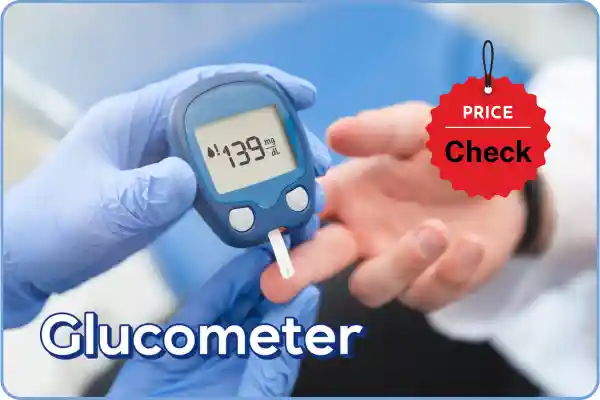Controlling diabetes effectively with the right insulin technique
There is a need to educate an insulin-dependent patient because repeated administration at the same site can create problems another issue is the use of the same syringe, and this is common in underdeveloped countries where people hardly afford insulin syringes.
The most reliable glucose meter is also necessary for proper insulin technique. Accurate blood sugar readings guide the correct insulin dose and timing, ensuring effective insulin administration, preventing complications, and supporting safe diabetes management with confidence in every step of the insulin routine.
In such countries, the patient is repeatedly using one syringe for almost 10 to 15 days which is contaminating the solution inside the bottle A new and sterilized syringe should be purchased and should not be used repeatedly.
Insulin Technique Steps

1.Check the medical prescription to ensure the correct type and dose of the drug
2.Clean your hands thoroughly with hand wash
3.Select sites, mostly including the abdomen, thigh, and upper arm buttock sites. Don’t continuously apply in the same place
4.Rotate the administration site to prevent lipohypertrophy and other complications of administration
5.Stir the solution for smooth dosage and to prevent over or lower dosage
6.Clean the injection site with an alcohol swab and let it dry completely.
7.Remove the cap from the insulin syringe or pen. If using a syringe, draw the correct amount of insulin into the syringe. If using a pen, set the dose as prescribed.
8.Pinch a fold of skin at the injection site to create a small area for the needle. Insert the needle at a 90-degree angle into the skin.
9.Inject the insulin slowly and steadily. Withdraw the needle and release the pinch on the skin.
10.Place a sterile cotton ball or gauze over the injection site and apply gentle pressure.
Discard the needle or pen in a sharps container. Document the time, date, type, and dose of insulin administered
Common complications of insulin drug
Lipohypertrophy:
This is a condition where fat tissue under the skin becomes thickened and lumpy due to repeated injections in the same area can lead to uneven insulin distribution in the body. For example, the abdomen gives prompt dosage to the body due to rapid absorption in this place.
The time it takes for lipohypertrophy to resolve varies depending on the severity of the condition and individual factors like skin healing capacity and insulin use habits. Typically:
- Mild cases: May take several weeks to a few months to resolve after avoiding injections in the affected area.
- Moderate to severe cases: Can take several months to over a year for the tissue to fully return to normal, provided proper site rotation is followed, and further trauma to the area is avoided.
Regular monitoring by a healthcare professional and adherence to proper insulin techniques can help speed up recovery.



Allergic reactions
Rarely people may develop an allergic reaction if they are hypersensitive to insulin, drug, syringes
Infections
Unhygienic practice and technique may cause bacterial, and viral infection
Pain and discomfort
Injection site pain, irritation, and bruising can occur, especially if injections are given too frequently in the same area.
Skin changes
Repeated injections can cause changes in the skin, such as thickening, discoloration, and scarring.
Nerve damage
If injections are given too deeply or in the wrong location, nerve damage may occur
Conclusion
Proper insulin technique is essential for effective diabetes management. Rotating injection sites, using sterile syringes, and following hygiene practices help prevent complications like lipohypertrophy and infections. Adopting correct techniques ensures accurate insulin absorption, improving overall health and reducing risks associated with improper administration.

